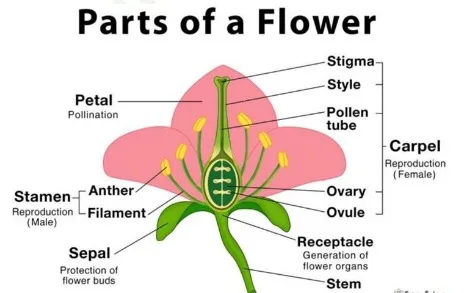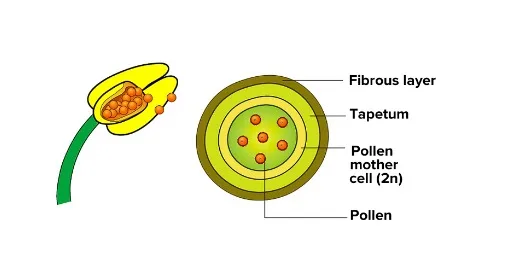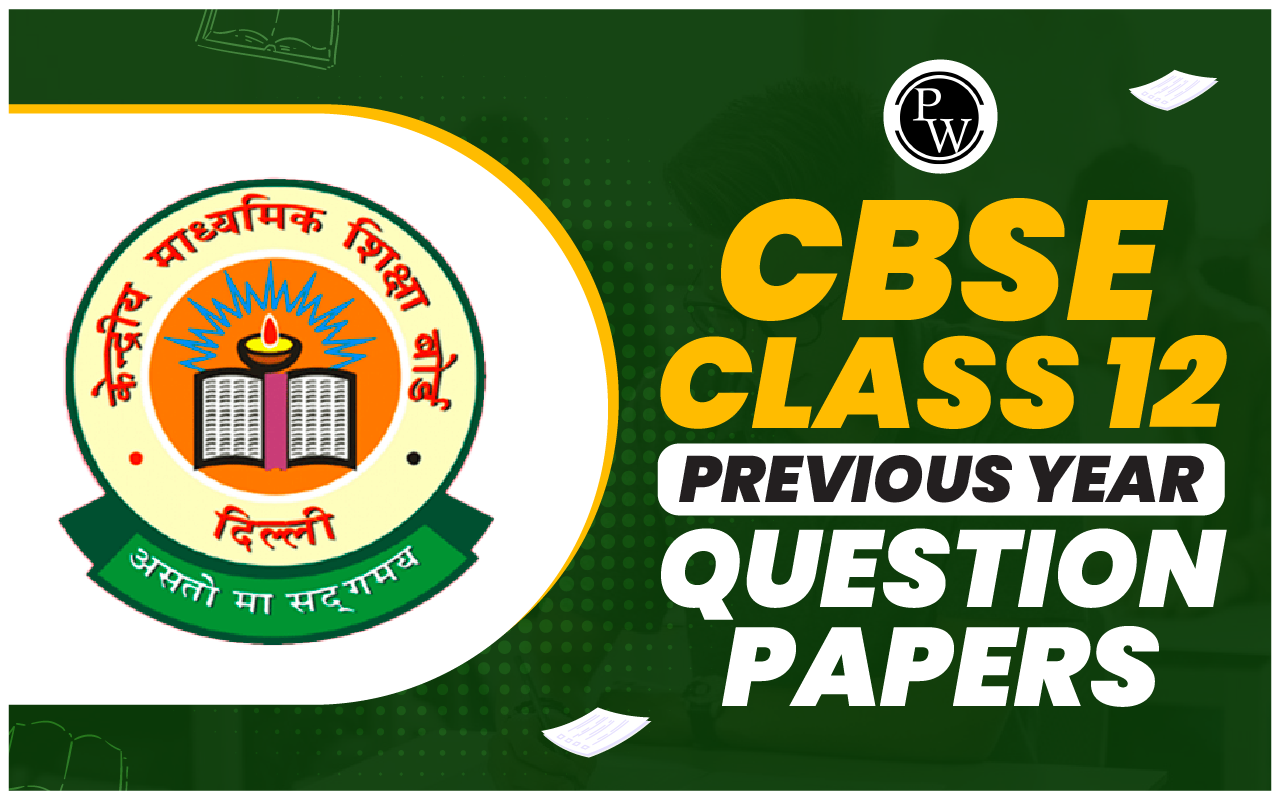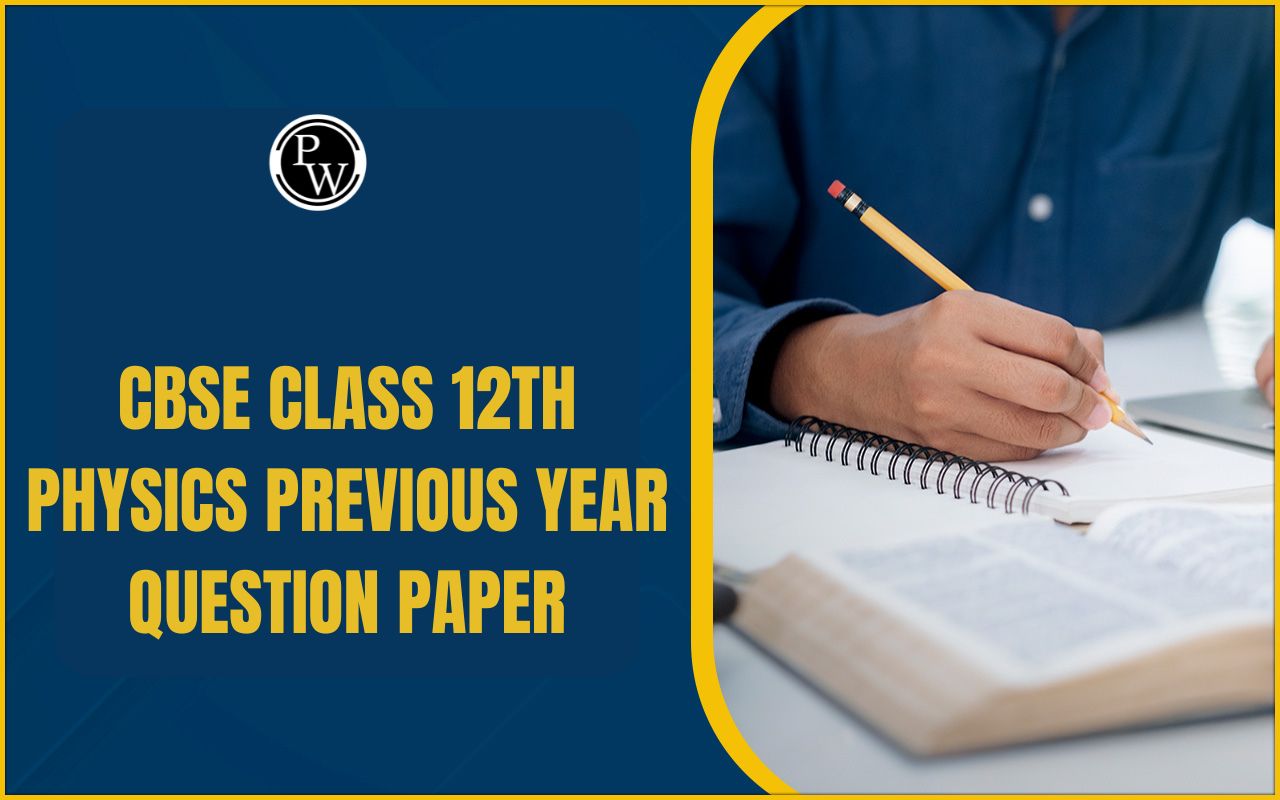
CBSE Class 12 Biology Notes Chapter 2: Biology is a topic that focuses on studying different creatures, especially the human body. It helps students gain an in-depth understanding of these species' life processes. CBSE Class 12 Biology Notes Chapter 2 provides a thorough explanation of how flowering plants reproduce sexually.
Notes for Class 12 Experts here have prepared sexual reproduction in flowering plants by the most recent syllabus to assist students in adequately studying for their exams.CBSE Class 12 Biology Notes Chapter 2 PDF
The CBSE Class 12 Biology Notes Chapter 2 covers a range of subjects related to sexual reproduction in flowering plants. The morphology of flowers, male and female reproductive organs (androecium and gynoecium), male and female gametophytes (pollen grains and embryo sac), pollination, the process of fertilization, embryo, endosperm, fruit development, parthenocarpy, and apomixis can all be learned by using these notes. Here we have provided CBSE Class 12 Biology Notes Chapter 2 PDF -CBSE Class 12 Biology Notes Chapter 2 PDF
CBSE Class 12 Biology Notes Chapter 2
Sexual Reproduction in Flowering Plants
The process by which male and female gametes from two parents combine to generate new creatures is known as sexual reproduction. •
•• There are two types of sporophores: megasporophylls (carpel) and sporophylls (stamen). An ovary with an ovule, a style, and a stigma is called a carpel.
• Filament, anther, and connective stamens are the three different kinds. • There are three types of stamen: filament, anther, and connective.
CBSE Class 12 Biology Previous Year Question Paper
• There are three stages involved in sexual reproduction in flowering plants:i) Pre-fertilization
ii) Double fertilization
iii) Post-fertilization
Pre-Fertilization: Structure and Events
The following pre-fertilization events can be studied:
i) Pollen grain formation
ii) Embryo sac formation
iii) Pollination
iv) Pollen pistil interaction
Pollen Grain Formation
Male reproductive unit (Stamen)
The male reproductive unit of an angiosperm is called a stamen. It is made up of a filament and an anther. Each lobe of the bilobed anther contains four pollen sacs, called microsporangia. • Every pollen sac contains several pollen grains. The four corners of a dithecous anther house the four pollen sacs.• Dithecous anther: An anther with two lobes joined by the connective tissue, which is not sporangious.
Four cell layers make up the other wall. • Through slits, another dehiscence releases pollen grains.Microsporogenesis
The process by which microspores develop and differentiate is known as microsporogenesis. PMCs experience meiosis. Each forms a tetrahedral tetrad. • Cytokinesis may occur simultaneously or sequentially. • There are five different varieties of tetrads: T-shaped, linear, isobilateral, decussate, and tetrahedral. Tetrahedral shapes are the most prevalent.Pollen Grain
There are various shapes and sizes of pollen grains. • Its diameter ranges from 25 to 30 meters, and it is usually round. • The haploid, unicellular body of the pollen particle has a single nucleus. Its outer wall is composed of two layers. • There are two layers to the wall or sporoderm. • Quite a thick layer covers the outside. We call it the exine. It has a thin inner wall known as the intine and is made of sporopollenin. It is made of cellulose and pectose.
• Its diameter ranges from 25 to 30 meters, and it is usually round. • The haploid, unicellular body of the pollen particle has a single nucleus. Its outer wall is composed of two layers. • There are two layers to the wall or sporoderm. • Quite a thick layer covers the outside. We call it the exine. It has a thin inner wall known as the intine and is made of sporopollenin. It is made of cellulose and pectose.
Pollen allergy
Severe allergies are caused by pollen grains. In addition to common respiratory conditions including bronchitis and asthma, it also causes fever. Parthenium hysterophorus, or carrot grass, is a significant source of allergens. It damages the body's interior organs as well. It came to India via wheat that was imported.Pollination
The movement of pollen grains from the anther to the stigma of the flower is known as pollination. • There are two distinct types of pollination: cross-pollination and self-pollination. • The movement of pollen grains from anthers to stigmas of the same flower or various flowers on the same plant is referred to as self-pollination. Self-pollinating flowers share genetic similarities. There are two types of self-pollination: geitonogamy and autogamy.1. Autogamy: The transfer of pollen grains from a flower's anther to stigma. It is favored due to the following modifications:
a) Chasmogamous
• When pollination agents come into contact with the flower's mature anther and stigma. In Lilac, the stigma is situated just below the anthers.b) The cleistogamy
• The only process available is self-pollination because the blooms stay closed. Among them are Commelina benghalensis, Lathyrus, and Pisum. • The stigma and anthers of bisexual flowers mature well before the bud opens. Therefore, in plants like wheat and peas, self-pollination takes place in the bud stage. 2. The transfer of pollen grains from one bloom's anther to the stigma of another flower belonging to the same or a genetically related plant is known as geitonogamy. The following lists the advantages of self-pollination. • It maintains the purity of the race. • The plant does not have to generate a lot of pollen grains. • It guarantees the yield of seeds. • Unwanted recessive characteristics are eliminated through self-pollination.Cross-Pollination
• The movement of pollen grains from one plant's anther to the stigma of another plant, either of the same species or a different one, is its definition. Another name for it is allogamy. • In xenogamy, pollination takes place between two genetically and environmentally different plant blooms.Related Links -
| CBSE Class 12 Biology Notes Chapter 2 |
| CBSE Class 12 Biology Notes Chapter 5 |
| CBSE Class 12 Biology Notes Chapter 7 |
| CBSE Class 12 Biology Notes Chapter 9 |
| CBSE Class 12 Biology Notes Chapter 3 |
Advantages of Cross-Pollination
Genetic recombination brought about by cross-pollination results in progeny differences. • Cross-pollination increases the progeny's capacity for environmental adaptation. • The defective character of the race disappears and is replaced with a superior one.Disadvantages of Cross-Pollination
Pollen grains need to be produced in vast quantities by plants. • It's possible that the excellent character will be spoilt. • The chance element is always present since there is an outside agency engaged.Significance of Pollination
Fertilisation and hence the generation of seeds and fruit depend on pollination. • It encourages ovarian development. • It causes hybrid seeds to be produced. • The fruits and seeds are also nutrient-dense.Double Fertilization
The process by which male and female gametes combine to produce the zygote is known as fertilization. • Eventually, the zygote will develop into an embryo. The pollen tube releases two male gametes into the embryo sac. One male gamete unites with the egg to generate the diploid zygote. We refer to this process as generative fertilization or syngamy. The two polar nuclei are joined by the second male gamete. As a result, a triploid main endosperm nucleus forms. Triple fusion, or vegetative fertilization, is the term used to describe this process.Formation of Seed and Fruit
- A matured or fertilized ovary is referred to as fruit.
- The ovary wall forms the fleshy or dry fruit wall known as the pericarp.
- The three layers of fleshy fruit, or pericarp, are called epicarp, mesocarp, and endocarp.
- The ovarian wall gives rise to the fruit covering.
- • It's a fleshy or dry fruit portion that gives the seed nourishment and a protective layer.
Importance of Seeds
Success in evolution: Seed has undergone evolution. It protects the embryo. • Enough nutritional reserves are present in seeds to sustain the developing embryo. • Seeds may disperse and propagate their species, as well as colonize and inhabit new places. • Seeds have a large range of variants due to sexual reproduction, which helps them adapt to a variety of settings. • Agriculture was created by the germination and sowing of human seeds, and this led to the development of knowledge, technology, and civilization.CBSE Class 12 Biology Notes Chapter 2 FAQs
What are the short notes of reproduction in flowering plants?
What is the name of Chapter 2 of Class 12 biology?
What is the reproduction of plants 12?










